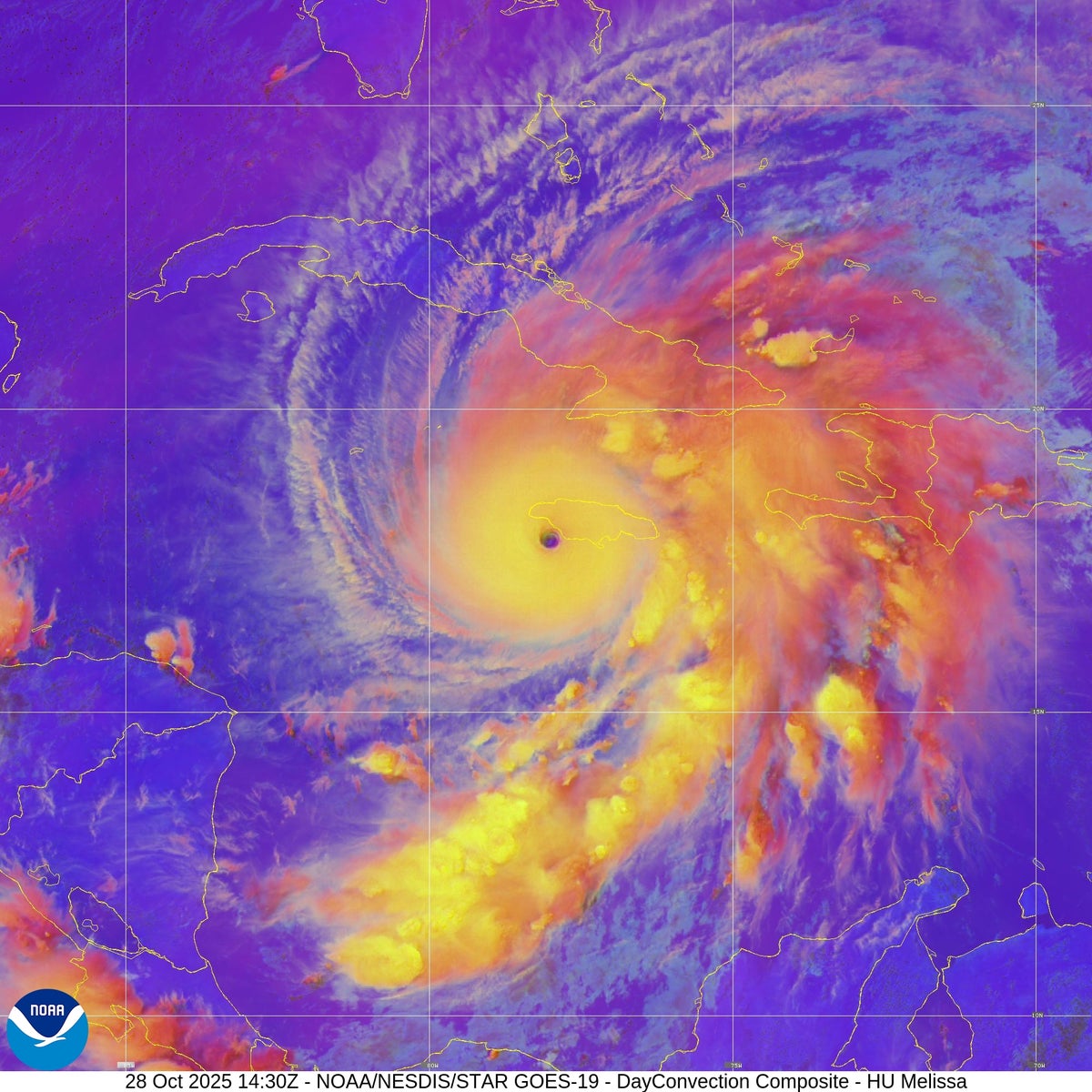
"On October 28 Hurricane Melissa became one of the strongest hurricanes ever known in the Atlantic Ocean. The Category 5 hurricane has winds of 185 miles per hour and a central pressure of 892 millibars, placing it in a tie with the 1935 Labor Day hurricane as the third most intense storm ever measured in the Atlantic. The 1935 storm wreaked massive devastation and wiped out the Florida Keys."
"The reason Melissa has been able to reach this rarified company is a near-perfect alignment of circumstances. This is taking advantage of every possible condition it can right now, McNoldy says. It's this frustrating combination ofscientifically speakingwe know this is possible, but as humans, we are flabbergasted at seeing manifest in this way, says Kim Wood, an atmospheric scientist at the University of Arizona."
Hurricane Melissa reached Category 5 intensity with 185 mph winds and a central pressure of 892 millibars, tying the 1935 Labor Day hurricane as the third most intense Atlantic storm on record. The 1935 storm devastated the Florida Keys. Few tropical cyclones, even in the western Pacific, attain such intensity. Melissa reached this level due to a near-perfect alignment of environmental conditions that allowed the storm to exploit every favorable factor. Tropical cyclone engines rely on convection driven by warm sea surfaces and cold upper-atmosphere outflow at the tropopause, which varies regionally and influences storm intensity.
Read at www.scientificamerican.com
Unable to calculate read time
Collection
[
|
...
]